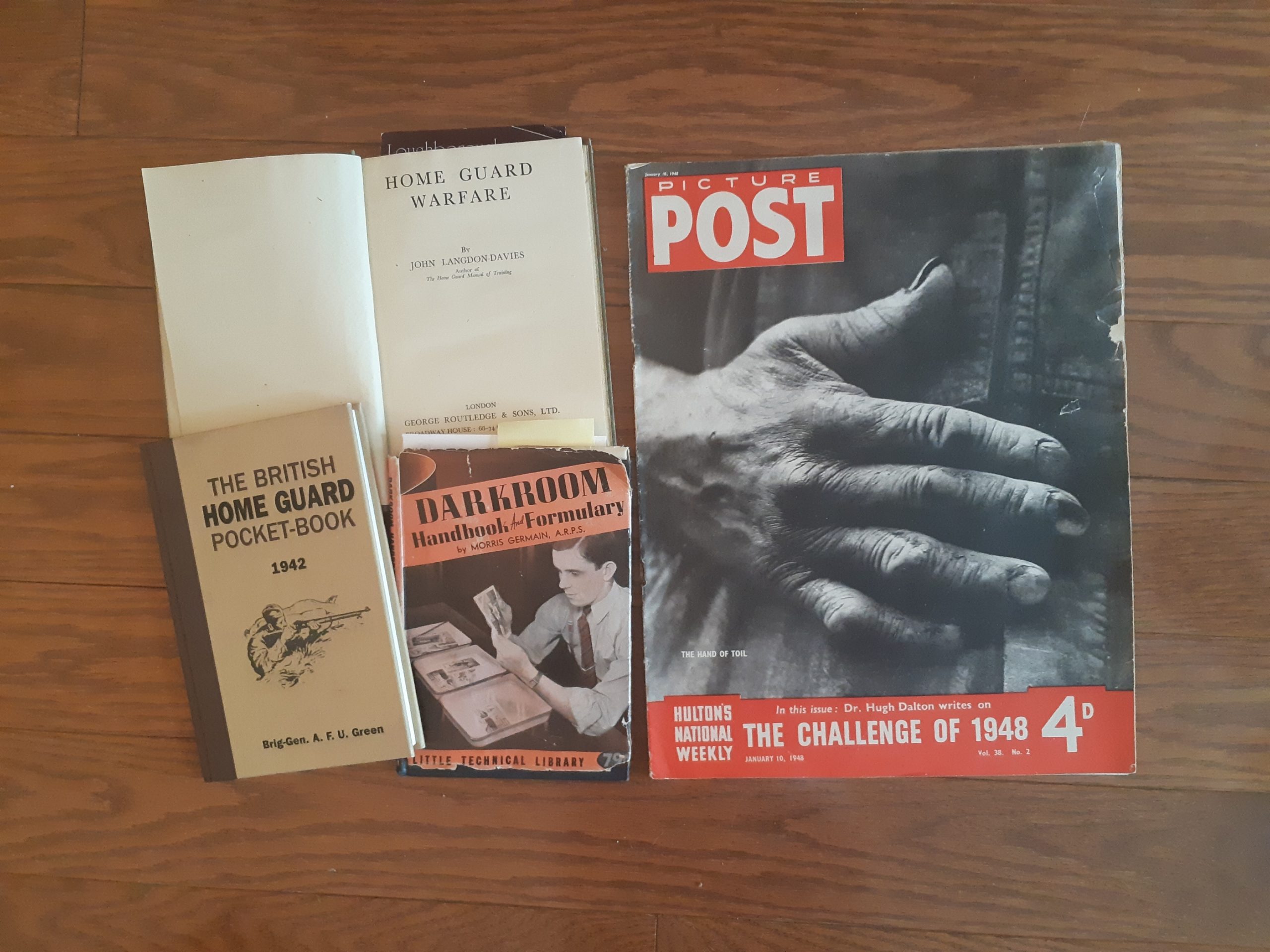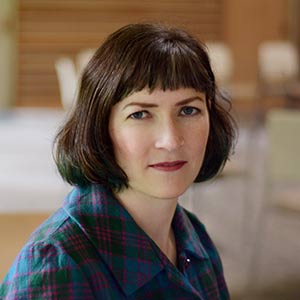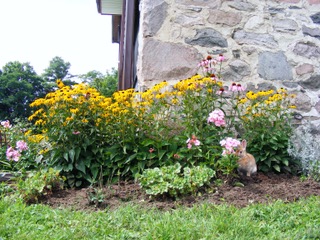What is Sarah Ens Reading?
The Long Poem Anthology and The New Long Poem Anthology
As I am currently in the midst of my MFA in Writing at the University of Saskatchewan, much of my reading lately has been focussed around the themes and genre of my thesis project: a prairie long poem about home, migration, and climate change. Both The Long Poem Anthology edited by Michael Ondaatje and The New Long Poem Anthology edited by Sharon Thesen have been incredibly instructive, immersing me in the works of Daphne Marlatt, Phyllis Webb, Robert Kroetsch, George Bowering, Fred Wah, Dionne Brand, Don McKay, and many other brilliant “long” poets.
In his introduction to The Long Poem Anthology, Ondaatje writes that the long poem allows poets to “take a longer look at themselves and their landscape, to hold onto something frail—whether the memory or discovery of a place, or a way of speaking.” I want to learn, through my reading and experimenting with the form, how to look longer and more precisely, and the poets in these two anthologies offer profound lessons on the language of attention and reciprocity. Though these two books were published in 1979 and 1991 respectively, and some time before terms like “Anthropocene” became commonly known outside of scientific communities, their collected poems “explore place through the lengthening line” (Marlatt), speaking powerfully into topics, like eco-grief, that I sometimes find unspeakable.
“I do not sculpt and paint to make the world sacred. I sculpt and paint to give permanence to my feelings about how terrible the world truly is.”
A few more long poems that have been recent revelations for me:
Dart by Alice Oswald, Blue Marrow by Louise Halfe, Moosewood Sandhills by Tim Lilburn, and Comma by Jennifer Still—she says that “home unwinds from the mouth.”
My Name Is Asher Lev by Chaim Potok
Chaim Potok’s novel My Name Is Asher Lev took me almost a year to read. My brother gave it to me for Christmas last year because he felt it was a true examination of art, God, family, violence, and love. I wanted to read a novel “for fun,” and for some reason chose this one. It made me weep for weeks. “I do not sculpt and paint to make the world sacred. I sculpt and paint to give permanence to my feelings about how terrible the world truly is.” Oof. It is a great novel. Maybe don’t read the ending in a public place. My seatmate beside me on the plane was concerned.
Sarah Ens is a MFA in Writing candidate at the University of Saskatchewan. Her debut poetry collection, The World Is Mostly Sky, is forthcoming in Spring 2020.
Photo by Brian Holdsworth on Unsplash.





